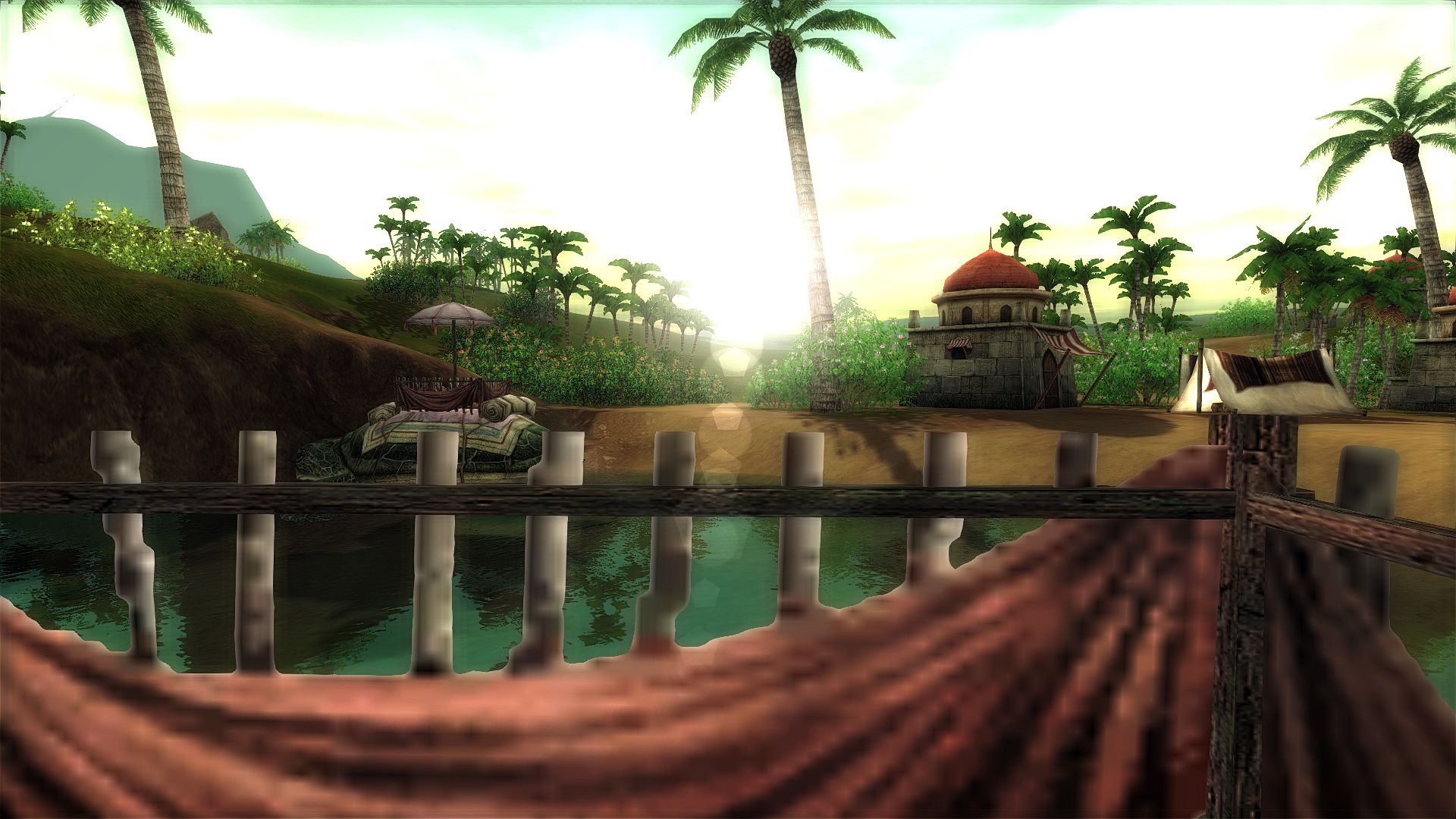
From Charax Spasinu, the journey continued by ship to various Mediterranean ports, such as Petra.

There was also a branch of the Silk Road that went from Herat in Afghanistan to the ancient port town of Charax Spasinu by the Persian Gulf, passing through Susa on the way. Continued travel over land was also possible from the Levant, either north through Anatolia or south to North Africa. West of the Karakoram mountains, the southern route had many spurs heading south to the sea, since many travellers wished to continue by ship instead of going overland.įor those who did not head south to the ocean, the southern route continued over the Hindu Kush mountains and into Afghanistan, joining the northern routes before reaching Merv in Turkmenistan.įrom Merv, the southern route went westward in almost a straight line, through northern Iran, Mesopotamia and the northern outskirts of the Syrian Desert, to reach the Levant where ships were waiting to take the precious cargo across the Mediterranean to southern Europe. The Karakoram mountain range spans the borders of Pakistan, India, and China, and also extends into Afghanistan and Tajikistan in the northwest. Because of this, it was also known as the Karakoram route. The southern route went from China through the Karakoram mountains. This one past the Aral Sea and went north of the Caspian Sea, before reaching the Black Sea. One branch of the northern route turned off to the northwest instead of continuing westwards. After Kashgar, the routes split again, with a southern branch going down towards Termez and Balkh, and a northern branch going to Kokand and then west across the Karakum Desert.īefore reaching Merv in Turkmenistan, both routes joined the main southern route. #1 and #2 rejoined each other again at Kashgar, an oasis city in today’s Xinjiang. #3 went north of the Tian Shan mountains through Turpan, Talgar and Almaty in what is now southeastern Kazakhstan.


Silk textiles, lacquer-ware and porcelin from China.Instead, various merchants specialized in transporting goods through various sections of the Silk Road.Įxamples of goods traded along the Silk Road: It seems to have been highly unusual for any individual merchant to travel all the way between China and Europe or Northern Africa. Many merchants along the Silk Road were involved in relay trade, where an item would change owners many times and travel a little bit with each one of them before reaching its final buyer. The Silk Road had a significant impact on the lands through which the routes passed, and the trade played a significant role in the development of towns and cities along the Silk Road routes.

In addition to silk, a wide range of other goods was traded along the Silk Road, and the network was also important for migrants and travellers, and for the spread of religion, philosophy, science, technology, and artistic ideals. The Silk Road involved three continents: Europe, Africa and Asia. The term is used for both overland routes and those that are marine or limnic. The Silk Road was a network of trade routes connecting the East and the West in ancient and Medieval times.


 0 kommentar(er)
0 kommentar(er)
